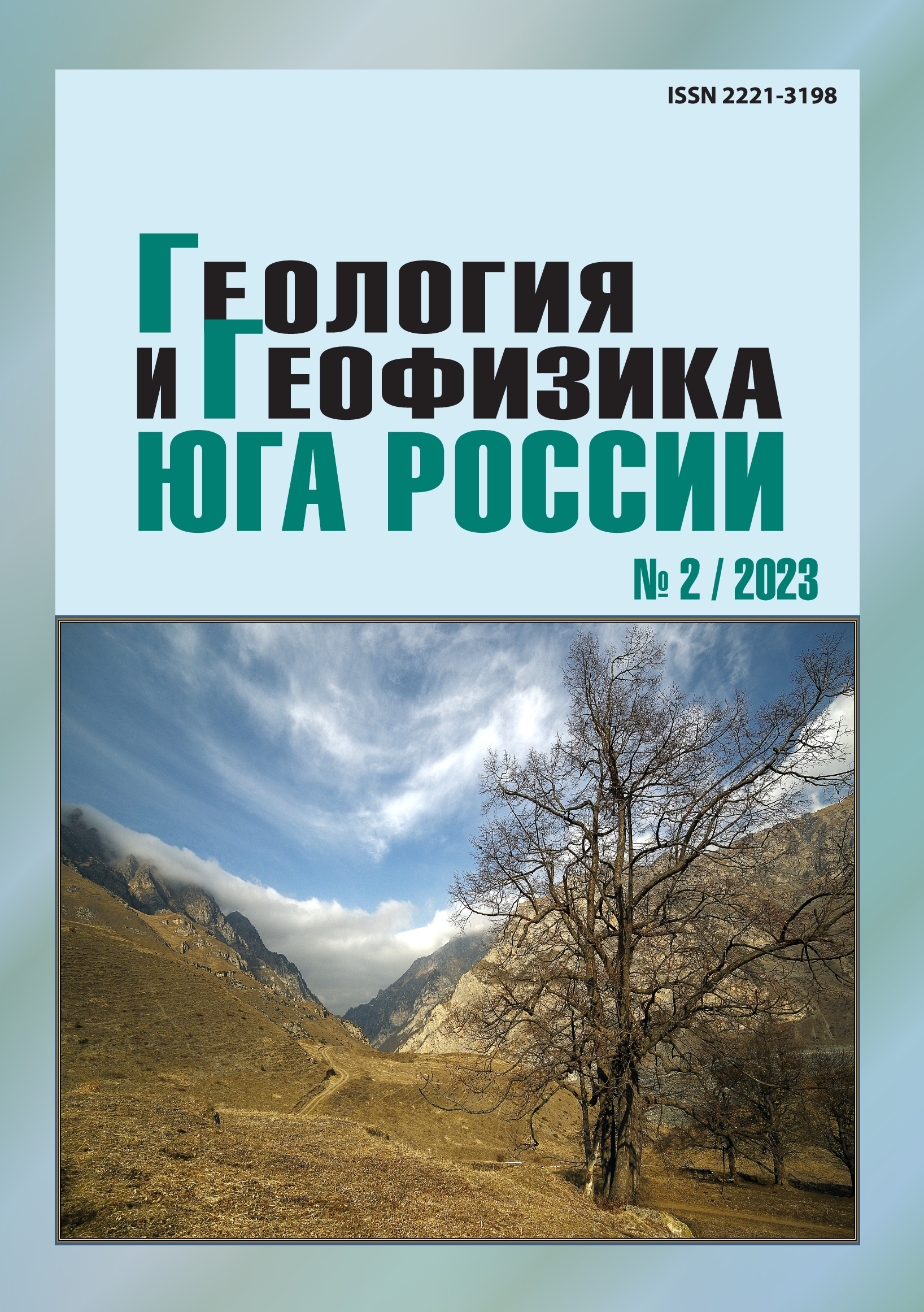Geoecological hazards in context of climate change while ensuring territories sustainable development of Caucasus subtropical zone
Abstract
Relevance. The imperfection of legal and organizational nature, as well as measures to prevent and prevent hazardous impacts, leads to annual manifestations of landslide and mudflow processes in Caucasus subtropical zone (the Black Sea coast of Krasnodar Territory). Improving the quality of forecasting regional climate change will make it possible to reduce develop ways the dangers for society and the Russian economy. The need to identify a balance between the interests of society and business is one of ways to ensure the state environmental sustainability. At the same time, one of advanced scientific directions in this area is integration of circular economy elements into the regions development strategy of recreation and tourism specialization. In this regard, this work aims at problem solving of mitigating the consequences of global climate change in the Caucasus subtropical zone. The Aim of the study isidentification of opportunities for geoecological hazards development in the context of climate change while ensuring the sustainable development of subtropical zone territories of Caucasus. The methods consistedin a consisted in summarizing data from open sources on the climatic parameters of Caucasus subtropical zone, analyzing spatial patterns, dry and humid climate using deterministic methods of scattered data spatial interpolation (R. Renka), as well as using the “gnuplot” software for graphical display of three-dimensional models. Results was the establishment of atmospheric air temperature regime and the amount of precipitation for 11-year and 3-year periods (2011-2022) show that in subtropical zone there was an increase in average annual temperature by an average of 0.6°C/year, an increase the sum of annual precipitation on average by 24 mm/year. Features of relationships nature between 11-year and 3-year time series (“stable”, “cyclical”, “abnormally cyclical”) are revealed. The most intensive increase in amount of precipitation occurred on Black Sea coast (up to 39 mm/year in Sochi) in areas of both humid and dry climates.


